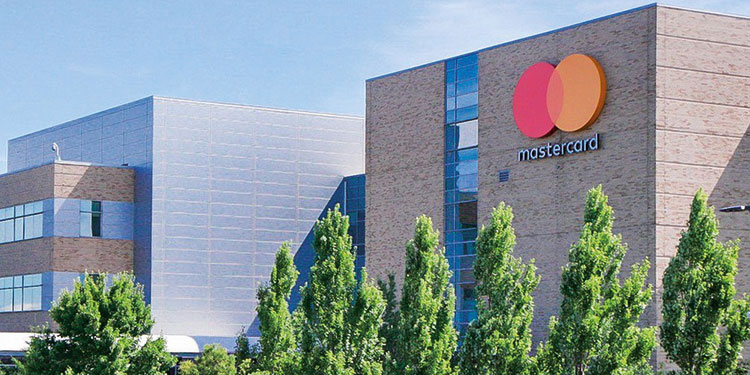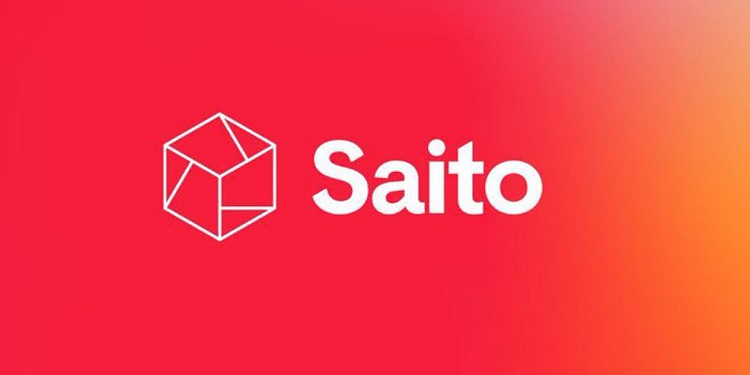Solv Protocol has taken a major step in expanding the utility of Bitcoin by introducing a yield-generating token—SolvBTC.AVAX—on the Avalanche blockchain. The launch, which took place on May 16, aims to give institutional investors broader access to yield opportunities derived from real-world assets (RWAs), including US Treasurys and private credit instruments.
Bridging Bitcoin with Traditional Finance
The creation of SolvBTC.AVAX marks a significant shift in how Bitcoin can interact with more stable financial instruments. According to Solv Protocol, the new token is structured to align Bitcoin with real-world economic cycles rather than being confined to its conventional four-year boom-and-bust pattern. This move, the protocol indicated, is intended to offer more consistent yield opportunities through diversified, uncorrelated assets.
The token has been developed through a multi-party collaboration involving Solv Protocol, Avalanche, Balancer, Elixir, Euler, Re7 Labs, and LFJ. This diverse partnership underscores the complexity and strategic planning behind integrating blockchain-native assets like Bitcoin with traditional financial instruments.
A Multi-Protocol Strategy for Yield
To generate returns, SolvBTC.AVAX employs a sophisticated multi-protocol yield strategy. The approach includes the use of Elixir’s deUSD stablecoin and Treasurys managed by asset giants BlackRock and Hamilton Lane. These elements are incorporated via Elixir and then deployed on the Euler lending platform to amplify exposure to RWAs. The resulting yield is distributed in Bitcoin format, enhancing convenience for holders who wish to remain within the BTC ecosystem.
Solv Protocol, which positions itself as a Bitcoin-focused staking platform, currently holds over $2.3 billion in total value locked (TVL) across various blockchains and decentralized finance applications. The launch of SolvBTC.AVAX is seen as part of its broader effort to attract institutional players seeking exposure to secure and diversified yield mechanisms.
Rising Institutional Interest in Bitcoin Yield
The timing of this development coincides with a growing interest among institutional investors in generating yields from Bitcoin holdings. Earlier this month, Coinbase introduced its own Bitcoin Yield Fund, promising annual returns in the range of 4% to 8%. This fund operates using a cash-and-carry strategy, wherein BTC is purchased in the spot market and simultaneously sold in the futures market.
Industry observers have noted that the narrative surrounding Bitcoin is evolving. Satish Patel, an analyst from CoinShares, had previously observed that more investors are beginning to view BTC not just as a digital store of value but also as a productive asset capable of generating returns. This perception shift is driving innovation in Bitcoin yield products and platforms.
Michael Saylor’s firm, Strategy, has also entered this space by introducing a proprietary metric known as “BTC Yield.” This figure gauges the additional amount of Bitcoin the firm acquires relative to its outstanding shares. As of the latest update, Strategy’s BTC Yield has reached 15.5% year-to-date, suggesting strong performance from their investment approach.
A New Era for Bitcoin Utility
The introduction of SolvBTC.AVAX by Solv Protocol signals a broader trend toward integrating decentralized assets like Bitcoin with traditional financial structures. Through partnerships with well-established asset managers and a layered yield-generation strategy, the protocol is offering a new pathway for institutions to benefit from both the stability of RWAs and the innovation of blockchain technology.
As platforms like Solv continue to merge the old and new worlds of finance, the future of Bitcoin may increasingly include yield-generation as a core utility, redefining its role in institutional portfolios.









